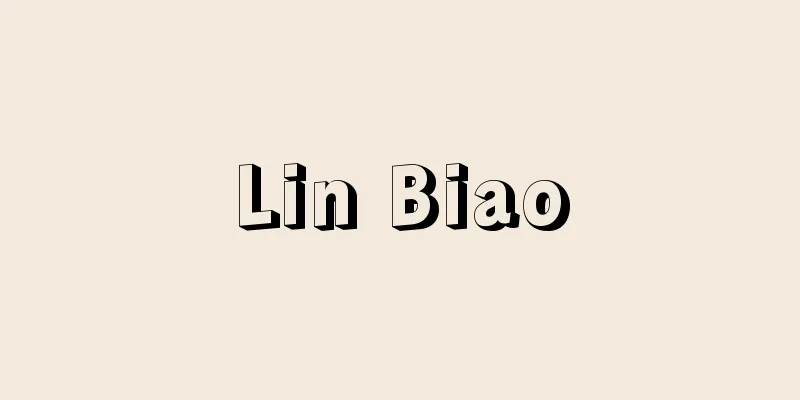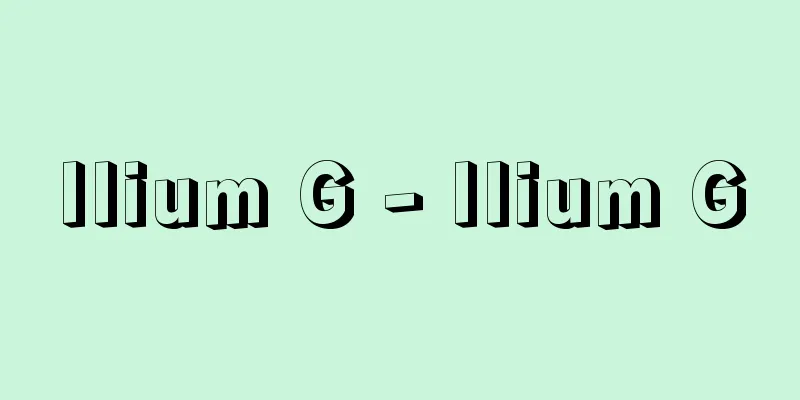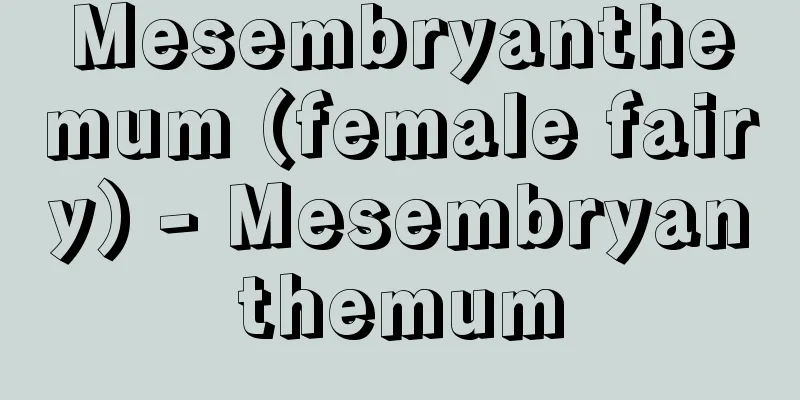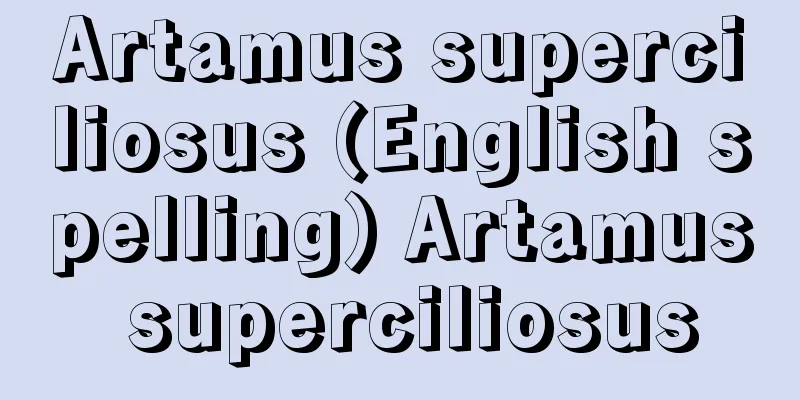Lin Biao

|
Chinese soldier and politician. Born in Hubei Province. In 1924, during the First Kuomintang-Communist Cooperation, he entered the Huangpu Military Academy, and in 1925 joined the Communist Party of China. He served as an officer in the Northern Expedition that began in 1926, and in 1927, after the split of the Kuomintang and Communist Party, he participated in the Nanchang Uprising. In 1928, he entered Jinggangshan, and served under Mao Zedong and Zhu De as company and battalion commanders in the Red Army, and was commander of the First Corps during the Long March. In 1937, as commander of the 115th Division of the Eighth Route Army, he defeated the Japanese Itagaki Corps at Pingqi Pass. In 1939, he became president of the Anti-Japanese Military and Political University in Yan'an, and then spent two years recuperating in the Soviet Union. In 1945, he was elected a Central Committee member at the 6th Congress of the Communist Party of China held in Yan'an. After the end of the War of Resistance against Japan, in 1946 he defeated the Kuomintang army as commander of the Northeast Democratic United Army (later the Northeast People's Liberation Army) and liberated Tianjin and Beijing. He then headed south as commander of the 4th Field Army and chairman of the Central-South Military and Political Committee, and during the Korean War he replaced Peng Dehuai as commander-in-chief of the volunteer army. In 1954 he became Vice Premier of the State Council and Vice Chairman of the National Defense Committee. In 1955 he became a member of the Politburo of the Communist Party of China and a marshal. In 1958 he became Vice Chairman of the Central Committee and a member of the Politburo Standing Committee. In 1959 he replaced Peng Dehuai as Minister of National Defense, and actively promoted the study and propaganda of Mao Zedong's Thought. He was at the forefront of the Cultural Revolution that began in 1966, and at the 9th Party Congress in 1969, he was specified in the party constitution as Chairman Mao's successor, but in September 1971, he attempted an armed coup but failed, and after attempting exile in the former Soviet Union, he died in a plane crash in Undelkhan, Mongolia. After his death, the Criticize Lin Biao movement began, and criticism of Lin Biao was launched in connection with criticism of Confucius. [Ando Hikotaro] [Reference items] | | | | | | | |Source: Shogakukan Encyclopedia Nipponica About Encyclopedia Nipponica Information | Legend |
|
中国の軍人、政治家。湖北省出身。1924年、第一次国共合作のなかで黄埔軍官学校に入り、翌1925年中国共産党入党。1926年からの北伐には将校として従軍、1927年、国共分裂後、南昌(なんしょう/ナンチャン)暴動に参加し、翌1928年、井岡山(せいこうざん)に入って、毛沢東(もうたくとう/マオツォートン)、朱徳に従い紅軍の中隊長、大隊長などに任じ、長征の際は第一軍団司令。1937年には八路軍第一一五師団長として日本の板垣兵団を平型関で撃破した。1939年、延安の抗日軍政大学校長となり、そのあと2年余り当時のソ連で療養。1945年、延安で開かれた中国共産党第6回大会で中央委員に選出された。 抗日戦争終了後、1946年、東北民主連軍(のち東北人民解放軍)司令として国民党軍を撃破、天津(てんしん/ティエンチン)、北京(ペキン)を解放した。その後、第四野戦軍司令、中南軍政委員会主席として南下、朝鮮戦争では彭徳懐(ほうとくかい/ポントーホワイ)と交替して義勇軍総司令。1954年、国務院副総理、国防委員会副主席。1955年、中国共産党政治局員、元帥、1958年、党中央委副主席、政治局常務委員、1959年には彭徳懐にかわって国防部長となって、毛沢東思想の学習宣伝を積極化した。 1966年からの文化大革命では運動の先頭にたち、1969年の第9回大会では党規約に毛沢東主席の後継者と明記されたが、1971年9月、武装クーデターを計画して失敗、旧ソ連へ亡命を企て、モンゴルのウンデルハンで飛行機が墜落、死亡した。死後、批林批孔運動が起こり、孔子批判に結び付けての林彪批判が展開された。 [安藤彦太郎] [参照項目] | | | | | | | |出典 小学館 日本大百科全書(ニッポニカ)日本大百科全書(ニッポニカ)について 情報 | 凡例 |
Recommend
Lagerstroemia speciosa (English spelling)
…[Yoshishige Tachibana]. … *Some of the terminolo...
Inside the storehouse - Kuranonaka
A short story by Koji Uno. It was published in the...
Atozza - Atozza
...The stage is two bays wide with a single floor...
Wheeler & Wilson [Company] - Wheeler and Wilson
…In 1851, William O. Grover and William E. Baker ...
Toriya [town] - Toriya
An old town in Kashima District, northern Ishikawa...
Fisheries trade
Over 10% of the world's total fishery producti...
Ahmad Katib (English spelling)
...This work influenced other Arab countries, and...
black bile
...In stark contrast to the traditional Chinese a...
Shiotsuchi no Oji - Shiotsuchi no Oji
An old man who appears in Japanese mythology. He ...
orange milkweed
…It is native to tropical America, but has become...
Authorized Foreign Exchange Bank (gaikoku kawase kouningin ko)
A bank that engages in foreign exchange transactio...
Replacement grip method
...Around 1860, the Bingo, Aki and Iyo Suo Provin...
Yellow-crowned cuckoo - Yellow-crowned cuckoo
A perennial plant of the lily family (APG classif...
Alexander's Ragtime Band
…From an early age, he became a traveling enterta...
Laima
…He has a noble appearance and wears a silver clo...









